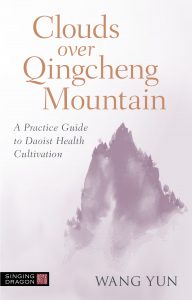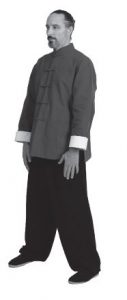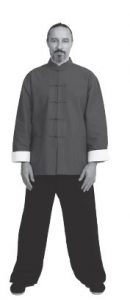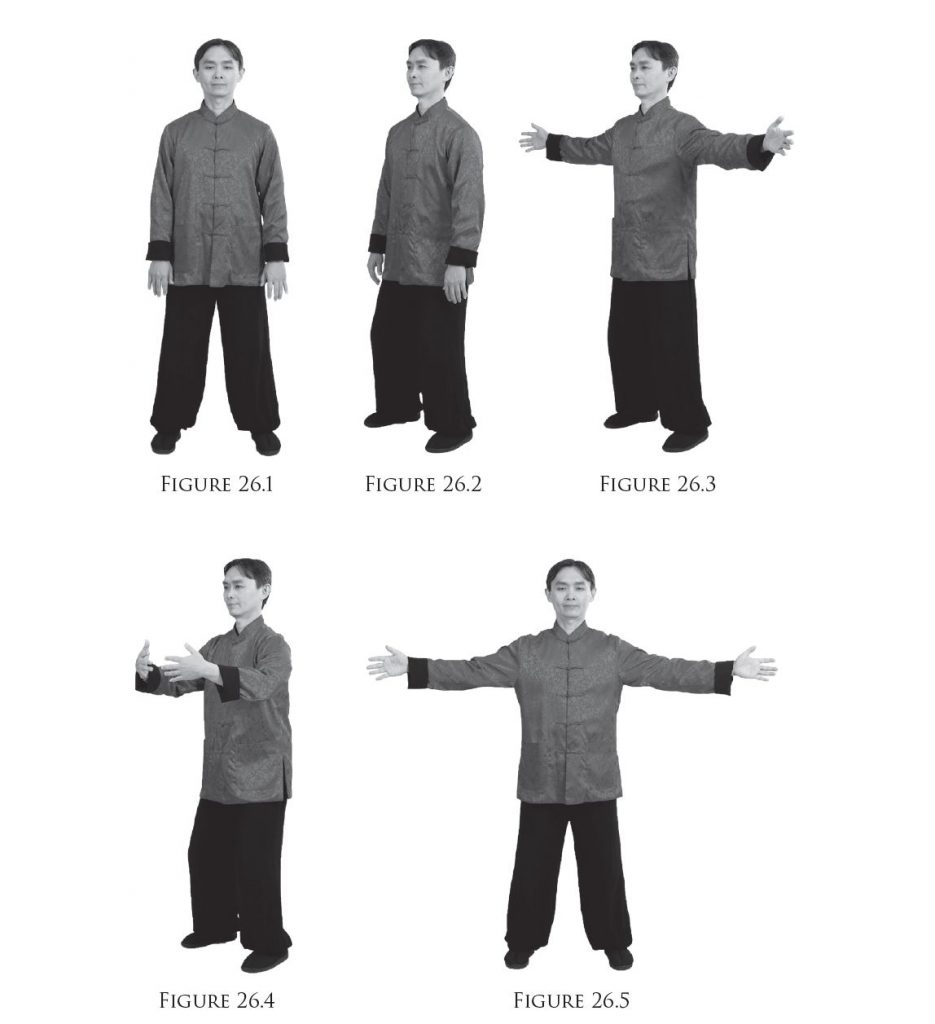 Mount Qingcheng, one of China’s mystical mountains, has been the birth place of discovery, realization and preservation of the recipes that stimulate the deep potential of the human body for generations. Clouds Over Qingcheng Mountain, the follow-up book to Climbing the Steps to Qingcheng Mountain by Daoist master Wang Yun, simplifies the complex practices of Daoism handed down by generations of accomplished Masters – such as posting, breath practice and meditation – and gifts the reader with its most valuable aspects for a modern world.
Mount Qingcheng, one of China’s mystical mountains, has been the birth place of discovery, realization and preservation of the recipes that stimulate the deep potential of the human body for generations. Clouds Over Qingcheng Mountain, the follow-up book to Climbing the Steps to Qingcheng Mountain by Daoist master Wang Yun, simplifies the complex practices of Daoism handed down by generations of accomplished Masters – such as posting, breath practice and meditation – and gifts the reader with its most valuable aspects for a modern world.
In this extract, we share three simple posting exercises to incorporate into everyday life to promote the flow of qi and blood, boost the immune system and help relax the body.
 Posting relaxation exercises
Posting relaxation exercises
[Benefits of posting include: promoting the smooth flow of qi and blood, methodically harmonizing the breath, and clearing the channels of the entire body.]
Stand with your feet shoulder-width apart, imagine a string hanging straight down from the upper dantian (near the pineal gland) to the huiyin point (the perineum), and landing on the floor between your two feet. Next, imagine your whole body as a bag of air, as if you were completely hollow. At the same time, relax your body; from the hair on your head down to the yongquan points at the bottom of the feet. Everything is totally empty, like a transparent crystal ball. Relax your body in this way and repeat the visualization three times.
 Posting relaxation visualization
Posting relaxation visualization
[Basic Posting Gazing Method: With a soft gaze, focus the eyes on a point about one to three feet in front of you.]
Imagine a string attached to the top of your head, pulling you upward. On the inhalation, imagine your body as a balloon deflating; while exhaling feel that your body expands like a balloon being filled.
Do this with the breath three times.
If practiced properly, you will reduce the stress on your body and mind, and feel totally relaxed.
Posting 1: Simple Fundamental

Step-by-step instructional text
- Stand with your feet shoulder-width apart (see Figure 26.1), relax the body from head to toes (refer to the relaxation technique in Chapter 24). Bend your knees, making sure they do not go past the toes, put your attention on the dantian, and keep the legs loose (Figure 26.2).
- Move the arms outward evenly left and right, palms facing forward (Figure 26.3). Inhale and bring qi into the dantian, and focus your awareness there as well. Bring the arms to the front of the chest, in a circle, as if hugging a big tree, fingertips pointing at each other, one or two fists’ width apart, just in front of the tanzhong in the middle of the sternum (Figure 26.4).
- Exhale and extend the arms out left and right again with palms facing forward (Figure 26.5). Repeat steps 3 and 4 three times while relaxing the whole body, from the hair on the head to the yongquan at the bottom of the feet.
- Bring the arms back to the front of the chest as if holding a big tree, the ten fingertips pointing at each other, one or two fists’-width apart, the center of your two hands in front of the tanzhong. Relax your mind, and let the breath gradually come and go as it will, without any distraction and emotions (Figure 26.4).
- With a soft gaze, focus the eyes on a point about one to three feet in front of you. Inhale and feel the qi coming from the yongquan up to the lower dantian, through the spine up to the dazhui1, then curl the tongue up to rest against the point where the palate meets the upper teeth (Figure 26.6).
- Exhale and place the tongue behind the lower teeth. Repeat the inhalation-exhalation cycle up to 21 times.
- Closing exercise: Turn the palms facing down, relax the hands by the sides of the body (Figures 26.7–26.9).
[Note: The tanzhong is in the middle of the sternum, at the center of the imaginary line connecting the two nipples.]
 Clouds Over Qingcheng Mountain
Clouds Over Qingcheng Mountain
A Practice Guide to Daoist Health Cultivation
Wang Yun
The second book to Wang Yun’s Climbing the Steps to Qingcheng Mountain. It covers Daoist practices such as posting and the Bodhidharma’s Tendon Transformation Classic in twelve exercises. This volume has fewer stories than the first, but more guidance on the exercises, and provides tools to strenghten muscles, tendons and skeletal structure.